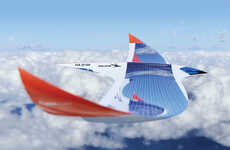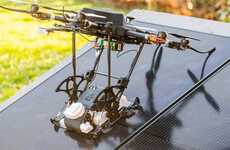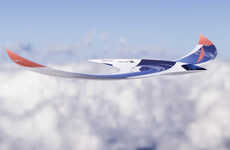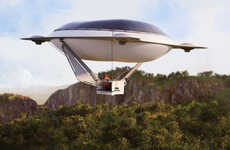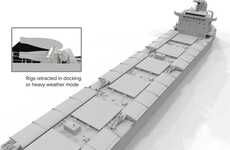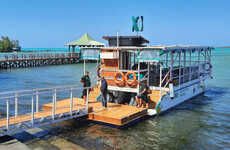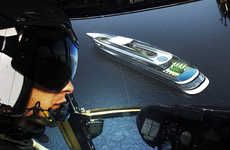The NASA Nanosail-D is a Efficient and Reliable Solution
The NASA Nanosail-D is the first solar vehicle in the history of humanity to orbit the earth.
At 400 miles above the earth, the NASA Nanosail-D is a forerunner for generations of solar satellites to come and has proven to be both remarkably efficient and reliable. The satellite will orbit the Earth continuously until it eventually re-enters the earth's atmosphere to be disintegrated, but NASA already has bold ambitions for a host of future vehicles with similar technology on the way.
At 400 miles above the earth, the NASA Nanosail-D is a forerunner for generations of solar satellites to come and has proven to be both remarkably efficient and reliable. The satellite will orbit the Earth continuously until it eventually re-enters the earth's atmosphere to be disintegrated, but NASA already has bold ambitions for a host of future vehicles with similar technology on the way.
Trend Themes
1. Solar Satellites - Opportunity for disruptive innovation to develop more advanced and versatile solar satellites for various applications.
2. Efficient Satellites - Opportunity for disruptive innovation to improve the efficiency of satellite technology, reducing costs and enhancing performance.
3. Reliable Space Vehicles - Opportunity for disruptive innovation to create reliable and long-lasting space vehicles for extended missions and exploration.
Industry Implications
1. Space Exploration - Disruptive innovation can revolutionize space exploration by developing advanced solar satellites and reliable vehicles to expand our knowledge of the universe.
2. Renewable Energy - Disruptive innovation can contribute to the renewable energy industry by advancing solar satellite technology, making it a more effective and sustainable energy source.
3. Aerospace Manufacturing - Disruptive innovation can shape the aerospace industry by creating more efficient and reliable satellites, leading to advancements in manufacturing processes and techniques.
1
Score
Popularity
Activity
Freshness

